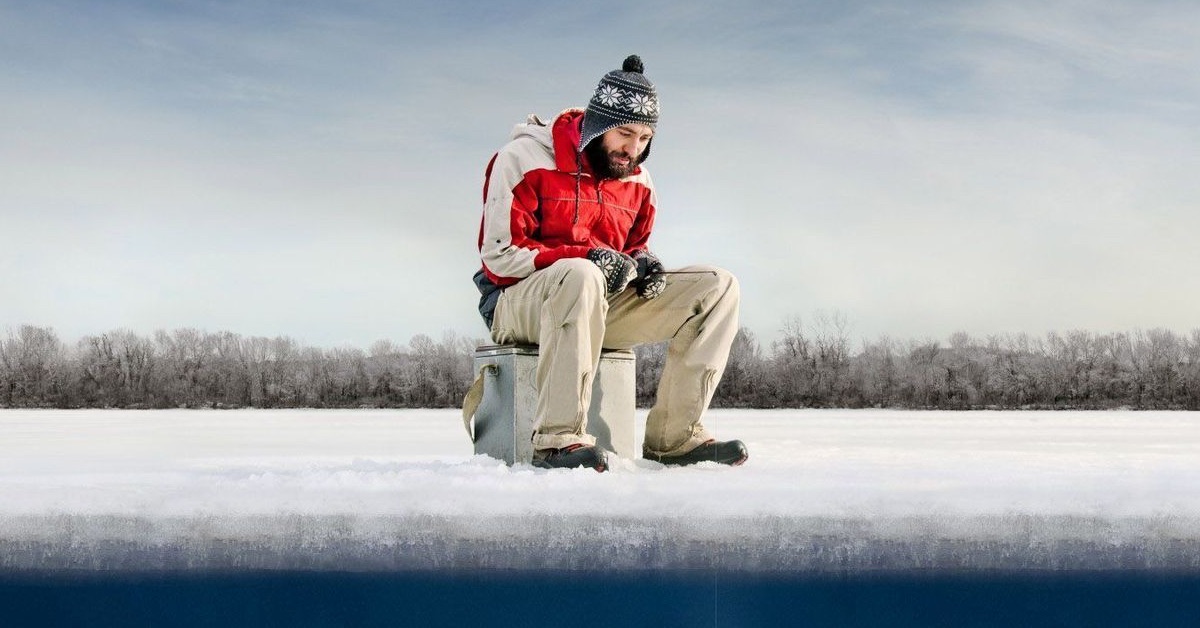How to Catch Lake Walleyes
How you go about catching lake walleyes differs from reservoir and river walleye fishing. Lake types, fishing reports, and the time of year can all steer you to walleye success.
These steps will get you in the right direction for finding and catching walleyes all through the seasons in your local lake.
The first thing to do is look at the canvas in which you’ll be walleye fishing.
What does the lake offer in terms of habitat? Is it shallow, deep, or moderate depth?
Is the walleye lake stocked annually? Are there weeds in this lake? How clear is the water?
You can also look at the map of the lake and decide if it’s more of a trolling lake, with little structure and wide open basins.
Maybe it’s a live bait rigging lake, with lots of structure, and precise edges to concentrate fish. Where do fish spawn in the lake and what are some prime adjacent structures they’ll likely be using? What’s the forage base primarily made up of?
By now you should be forming some pretty solid plans for what it is you’ll be doing and where you’ll be doing it.
At the same time you’re studying the walleye lake’s features take into account the time of year and what structures or basins may be holding fish. Is it a period with colder water?
Fish may be grouped up, possibly near spawning areas. Warm water? Fish are liable to be scattered with multiple patterns producing. Write down all the possible patterns and equip yourself properly so you’re ready for any presentation situation.
Lastly, look at the fishing reports.
If reports are good then you know walleyes are using traditional depths of 12 to 20 feet and you’ll likely be able to mark these fish before wetting a line.
Good reports also mean running to the down wind side of the lake and fishing amongst the largest underwater points or reefs in this area.
Bad fishing reports are my favorite and they’ll tell you everything you need to know.
With tough fishing reports on a walleye lake you know traditional depths, structure, and even traditional presentations may not produce.
Most walleyes in shallow water are overlooked by walleye fishermen. This is one good area to check out.
Another is suspended walleyes.
I’ve been in on many mid summer walleye catches where the active fish were feeding just a few feet below the surface on a “dead” walleye lake.
Tough reports also mean big baits trolled at a rapid pace while straining the water column for suspended fish may work well.
This is a speed / triggering type of program to run. The point is, when fishing reports are rotten, do not run to a rock pile that tops off at 15 feet or off the end of point and start live bait rigging.
Think outside the box, write down all the options no matter how unlikely they may seem and fish through each one. Also, when reports are good, you only give the walleyes 15 or so minutes to bite, then you move.
When reports are bad you may have to work a pattern for 30 minutes to an hour before doing something different. All it takes is one or two nice fish to bite to tip you off.
More specific refinements can then be made to really dial in your precision.


